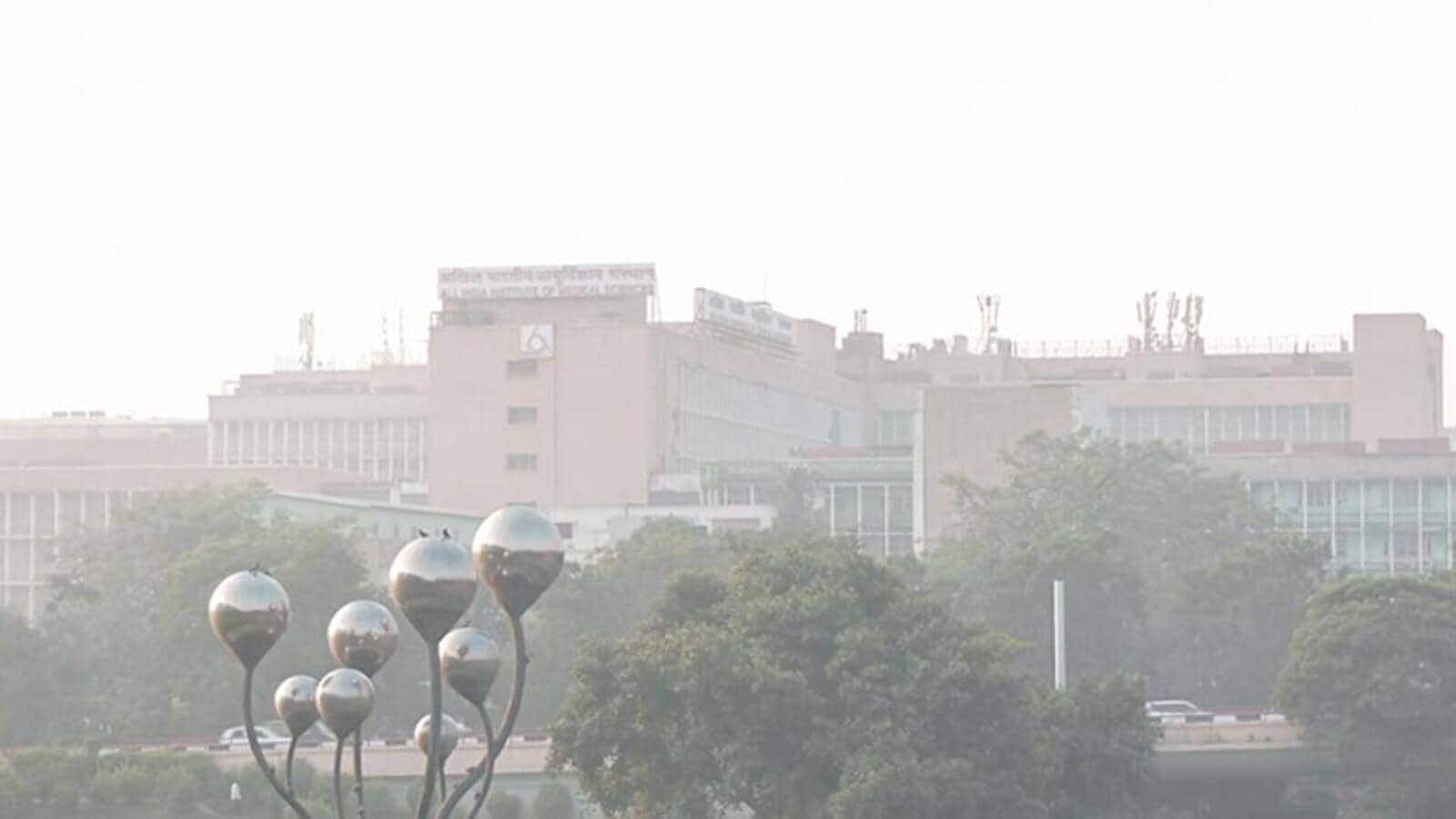
50% drop in Punjab's post-harvest fires: Delhi's AQI remains poor
What's the story
Punjab has witnessed a remarkable 50% decline in post-harvest farm fires this year as compared to last year.
The state recorded 1,995 incidents between September 15 and October 27 this year, a significant drop from last year's figure of 4,059 during the same period.
It also marks an astonishing 75% decline from the same period in 2022 when there were as many as 8,147 incidents.
Unchanged AQI
Farm fires and Delhi's persistent air pollution
Despite the drastic drop in farm fires, Delhi's air quality remains largely unchanged.
The city continues to grapple with an AQI reading of 355, which falls under the "very poor" category.
Stubble burning in Punjab—especially after paddy harvesting in October and November—is often linked to rising pollution levels in Delhi as farmers burn crop residue to rapidly prepare fields for sowing Rabi crops such as wheat.
Agricultural impact
Punjab's farm fire incidents and paddy production
On Sunday alone, Punjab reported 138 farm fires with Ferozepur recording the highest number of incidents, followed by Sangrur and Fatehgarh Sahib.
This is a sharp decline from the same day in previous years when there were 1,111 fires in 2022 and 766 in 2023.
Every year, Punjab produces around 180-200 lakh tons of paddy straw from over 31 lakh hectares of paddy area.
Past records
Historical data on Punjab's farm fires
Historical data shows that the number of farm fires in Punjab has been declining over the years.
The state saw 36,663 farm fires in 2023, a 26% decrease from last year's 49,922.
The numbers were higher in previous years with 71,304 incidents in 2021 and 76,590 in 2020.
Sangrur, Mansa, Bathinda and Amritsar districts have been particularly notorious for stubble-burning.